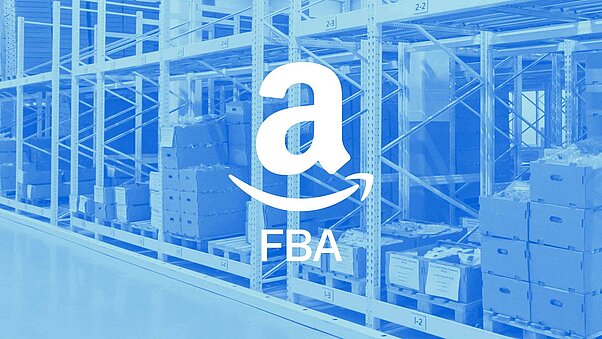What are SKUs? A Simple Guide to Stock Keeping Units

The Stock Keeping Unit, better known as SKU, is a common term in many businesses but often remains misunderstood outside of the trade and logistics industries. It is a specific code that uniquely identifies each product, facilitating its tracking and management.
But what hides behind the abbreviation SKU, and what significance does it hold?
In this article, we explain what SKUs are, how they are used in logistics and fulfilment, and provide examples of them.
Definition: What does SKU mean?
The SKU, short for Stock Keeping Unit, is also referred to as the item number or product ID.
- It is a unique code, which can consist of a mix of letters and numbers, associated with a specific warehouse product.
This identification number helps precisely recognise the respective product, including its specific features such as size, colour, manufacturer, and packaging.
One can think of the SKU as an address for the product, revealing what it is and where it can be found.
SKUs: Structure and Examples
SKUs can be made up of a mix of letters and numbers representing different features of a product. As there are no set guidelines for SKU structure, each company can follow its approach in creating them.
![[Translate to EN:] SKU barcode example](/fileadmin/_processed_/1/9/csm_barcode_SKU_example_english_a0c30d70eb.jpg)
Examples of SKUs:
- T-SHIRT-RD-L for a red T-shirt in size L.
- AUTO-VW-GTI for a VW Golf GTI.
- TABLET-APL-64 for an Apple tablet with 64 GB storage.
The Difference between SKUs and Barcodes:
While SKUs are specific to a company, barcodes are universal product codes that can be machine-read.
SKUs are intended for internal management within a company, whereas barcodes are typically used for sales purposes across multiple companies.
Creation of SKUs
Forming an SKU is a deliberate process, usually done by linking letters and numbers to represent specific product attributes.
For instance, "SMARTPHONE-8C-128" could stand for a smartphone with an 8-core processor and 128 GB of storage.
- Companies develop individual SKU systems based on logic tailored to their respective product lines.
![[Translate to EN:] Quivo Connector](/fileadmin/_processed_/d/e/csm_Connector_Screen_Black_f121fbb25e.png)
An example of an SKU: "SCREEN-15I7-512" for a computer with a 15-inch screen, Intel Core i7 processor, and 512 GB hard drive. Also shown in the picture is our Quivo Connector.
In our modern logistics management tool, you can assign your articles along with barcodes and SKUs so they can be mapped and processed in the warehouse.
Creating SKUs with Automated Software
Generating an SKU involves piecing together different product features in a meaningful sequence. To facilitate this process, various software solutions can be used for automated SKU generation.
Software for Creating SKUs:
- There are both free and paid software options available for SKU creation, primarily in the form of ERP systems.
- Programmes like Microsoft Dynamics or SAP Business offer convenient ways to create and manage products along with their SKUs.
These software solutions ensure uniform handling of all SKUs within the company. They make tracking easier, save time, and reduce errors by automating the creation process and centrally storing all relevant data.

The Importance of SKUs in Logistics and Fulfilment
In the world of logistics, SKUs are of paramount importance as they greatly simplify product management. They boost efficiency, reduce errors, and allow for swift responses to customer inquiries.
SKUs also support warehouse forecasting by enabling and providing sales and movement data of products.
In fulfilment companies, SKUs assist in promptly and accurately processing orders, monitoring inventory levels, and optimising overall warehouse management.
- If you have questions about SKUs or are considering outsourcing your logistics: Don't hesitate to write to us!
Sources
Pictures:
Quivo / Logsta © 2023
Canva







